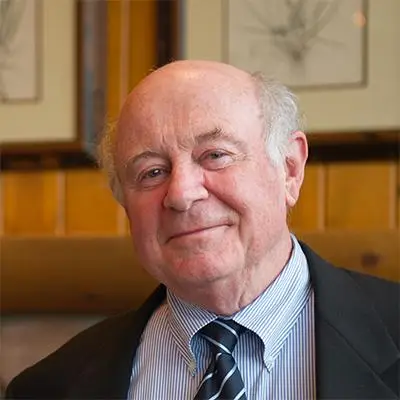In the ongoing debate about federal and state roles in K–12 public education, states got a leg up with the passage of the Every Student Succeeds Act (ESSA). It renounces the strong regulatory role that the federal government had come to play, in favor of a return to state control.
Now that the federal government is out of the way, can the states really get anything done? In recent years, state legislatures on the left and the right have empowered state superintendents (“chiefs”) with new authority to take dramatic actions on behalf of students. School and district takeovers are on the rise, as are more traditional policy tools that prescribe what educators and district administrators must do in order to improve.

Such actions rely on what political scientist Joseph Nye called “hard power”—carrots and sticks that coerce or compel people to change what they do. Chiefs in many states have used these powers, sometimes to good effect. But their use has demonstrated the costs and limits of hard powers. Higher levels of government are rarely able to enforce their will on more than a small fraction of the entities that fit the criteria for action. And, the more deeply coercive a policy is, the more likely it is to trigger political opposition. In education, these dynamics have played out in predictable ways with growing discontent among districts, educators, and parents, and increasing political pressure for policy retrenchment on even more innocuous initiatives like the Common Core State Standards.
Facing the limits of hard power, reform-minded chiefs need to remember the second kind of power described by Nye. “Soft power” enables officials—for example, chiefs—to influence others by less formal means. Leaders can use their bully pulpit to make speeches and issue reports that draw public attention to a local problem. They can lend their support and prestige to others: convene local task forces, call attention to issues that local politics have kept off the agenda, bestow awards, and publicly praise local officials who take the initiative to improve their schools. And they can link local officials with other resources, including the governor, the legislature, or state agencies.
This form of soft power activism is new for chiefs in two ways. First, it focuses on improving particular localities and schools, rather than on setting school-improvement policy for the state as a whole. Second, it makes the chief a power broker, coalition builder, and resource seeker, not just an official performing legally prescribed duties
Hard and soft powers aren’t all-or-nothing enterprises. As we argue in a new report, The SEA of the Future: Maximizing Opportunities Under ESSA, both types of powers are likely to be more effective when used in tandem. A credible threat of state intervention may push local superintendents to undertake their own improvement efforts and strengthen their hand in bargaining with school board members, unions, and others. Chiefs can use soft power—like identifying pressing local problems and convening local leaders—to then support local actions meant to preempt the state’s use of hard power.
The exercise of soft power focuses a chief’s attention on what local actors, under combinations of support and pressure, can do. Chiefs needn’t develop local improvement plans themselves, but they do need to draw the right players into the conversation and ensure they are motivated—both by a full understanding of the locality’s problems and by the prospect of state intervention if nothing is done to resolve them—to seek strong remedies. Chiefs can also facilitate implementation of local plans, brokering necessary waivers of state regulations and supporting imaginative uses of state funds.
This expanded view of how chiefs can influence local improvement provides them with more options for effective action. But to take advantage of these options, chiefs must develop their skills to navigate state policymaking circles, build coalitions both in the state capitol and in key localities, and gain the attention and respect of local superintendents and other officials. None of this happens automatically. While chiefs are better positioned today to exercise both soft and hard powers, many step into the job with little experience in the varied roles the job demands.
But new and aspiring chiefs can be better trained to use their powers for school and district improvement. Today, while lawyers, business school graduates, and union leaders are trained in negotiating and coalition building, chiefs typically are not. Training and job-shadowing programs, some of which are being developed by the two national chiefs’ associations (the Council of Chief State School Officers and Chiefs for Change), are promising. Aspiring chiefs might also consider taking negotiation courses from business schools, or participating in innovative education leadership programs such as Rice University’s Education Entrepreneurship Program. To fully exploit ESSA’s expanded possibilities for state leadership on school and district improvement, chiefs need a wide range of skills for effectively wielding their hard and soft powers on behalf of students.





